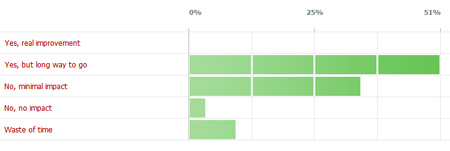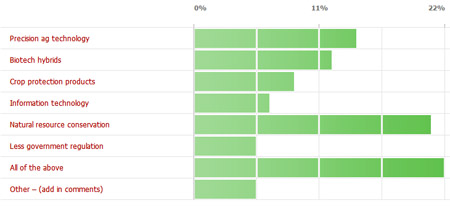 The USDA’s efforts to help producers rebound from drought have touched more than one million acres of farmland across the country as nearly 2,000 producers took advantage of conservation funding targeted to drought-stricken areas by USDA’s Natural Resources Conservation Service (NRCS). NRCS made more than $27 million available to farmers and ranchers to make conservation improvements, spurring recovery and ensuring lands are more drought resistant in the future.
The USDA’s efforts to help producers rebound from drought have touched more than one million acres of farmland across the country as nearly 2,000 producers took advantage of conservation funding targeted to drought-stricken areas by USDA’s Natural Resources Conservation Service (NRCS). NRCS made more than $27 million available to farmers and ranchers to make conservation improvements, spurring recovery and ensuring lands are more drought resistant in the future.
NRCS provided financial and technical assistance to help crop and livestock producers in 22 states apply conservation practices, including conservation tillage, cover crops, nutrient management, prescribed grazing, livestock watering facilities and water conservation practices. These actions build healthier soil that lead to better harvests and cleaner water and air.
Exceptional drought continues to dominate sections of Arkansas, Colorado, Georgia, Iowa, Kansas, Kentucky, Missouri, Nebraska, New Mexico, Oklahoma, South Dakota, Tennessee, Texas and Wyoming, causing widespread losses of crops and pastures and water shortages in reservoirs, streams and wells.
Alabama, Illinois, Indiana, Michigan, Mississippi, Nevada, South Carolina and Utah are under extreme drought, with accompanying major losses of crops and pasture, widespread water shortages and restrictions on water use.
See the total NRCS drought assistance received by each state.









